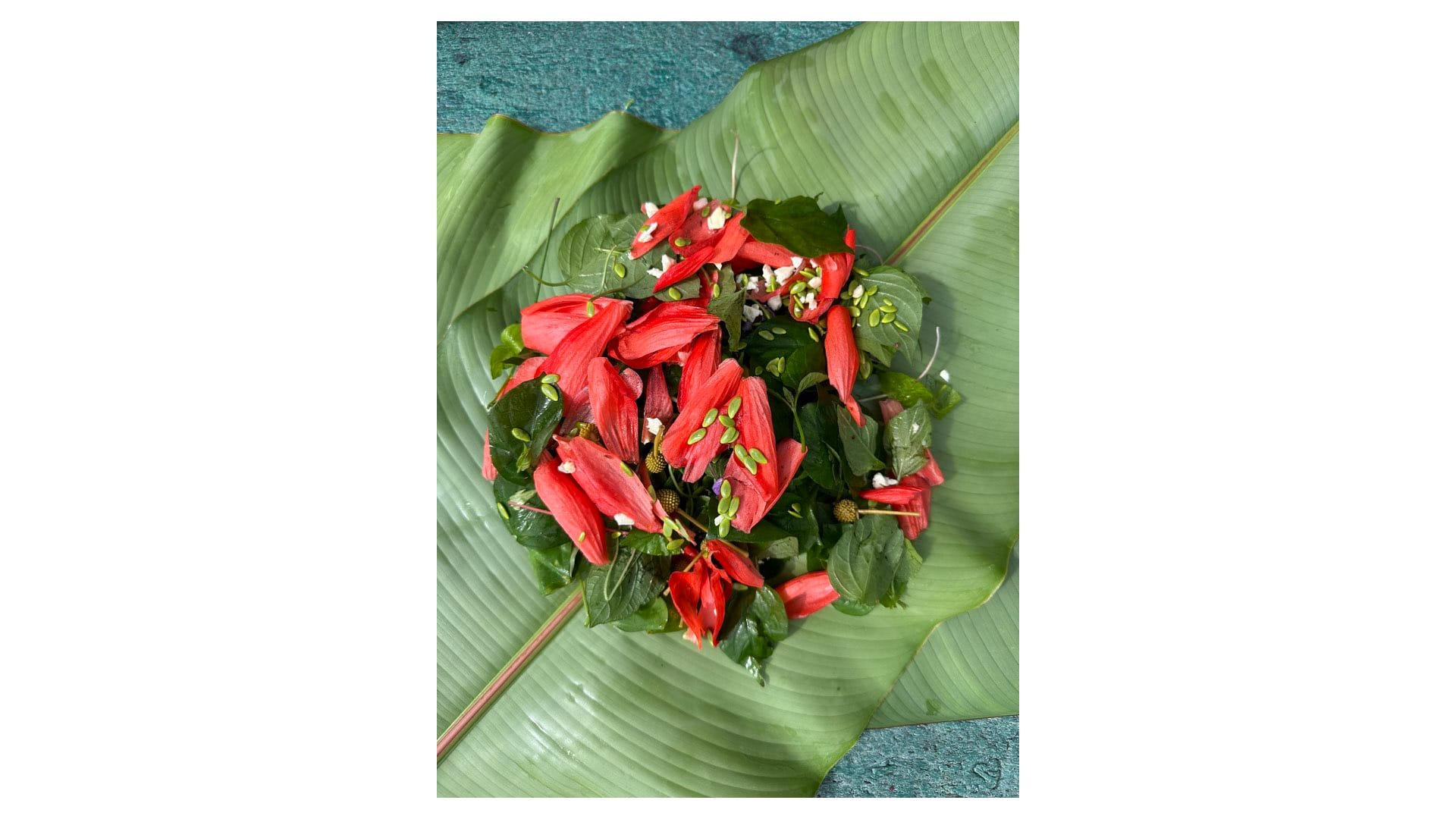Notes: On Altars
Rituals in Everyday Life and Why You Should Build an Altar
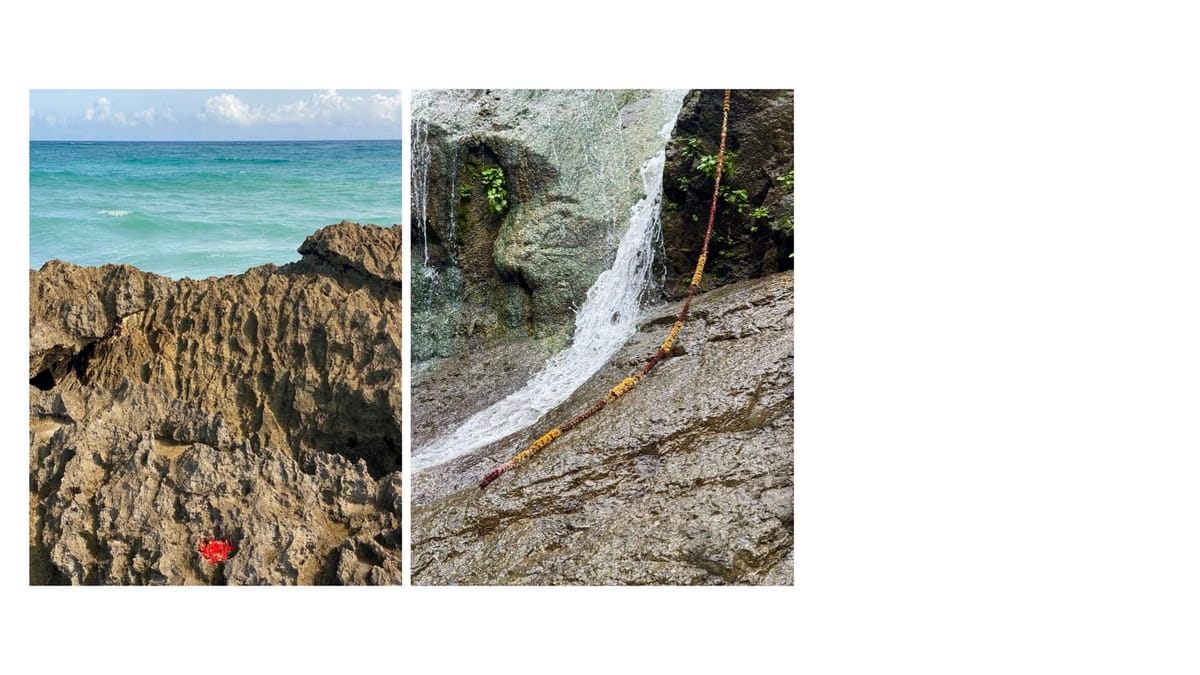
Be it for the secular among us, the Christian, the Jew, the Muslim, the Atheist, the Buddhist, the Animist, the Pagan, the Shinto believer - for everyone there’s something profound and something that I recommend - the small act of creating, maintaining, and nurturing an altar in your home or personal space.
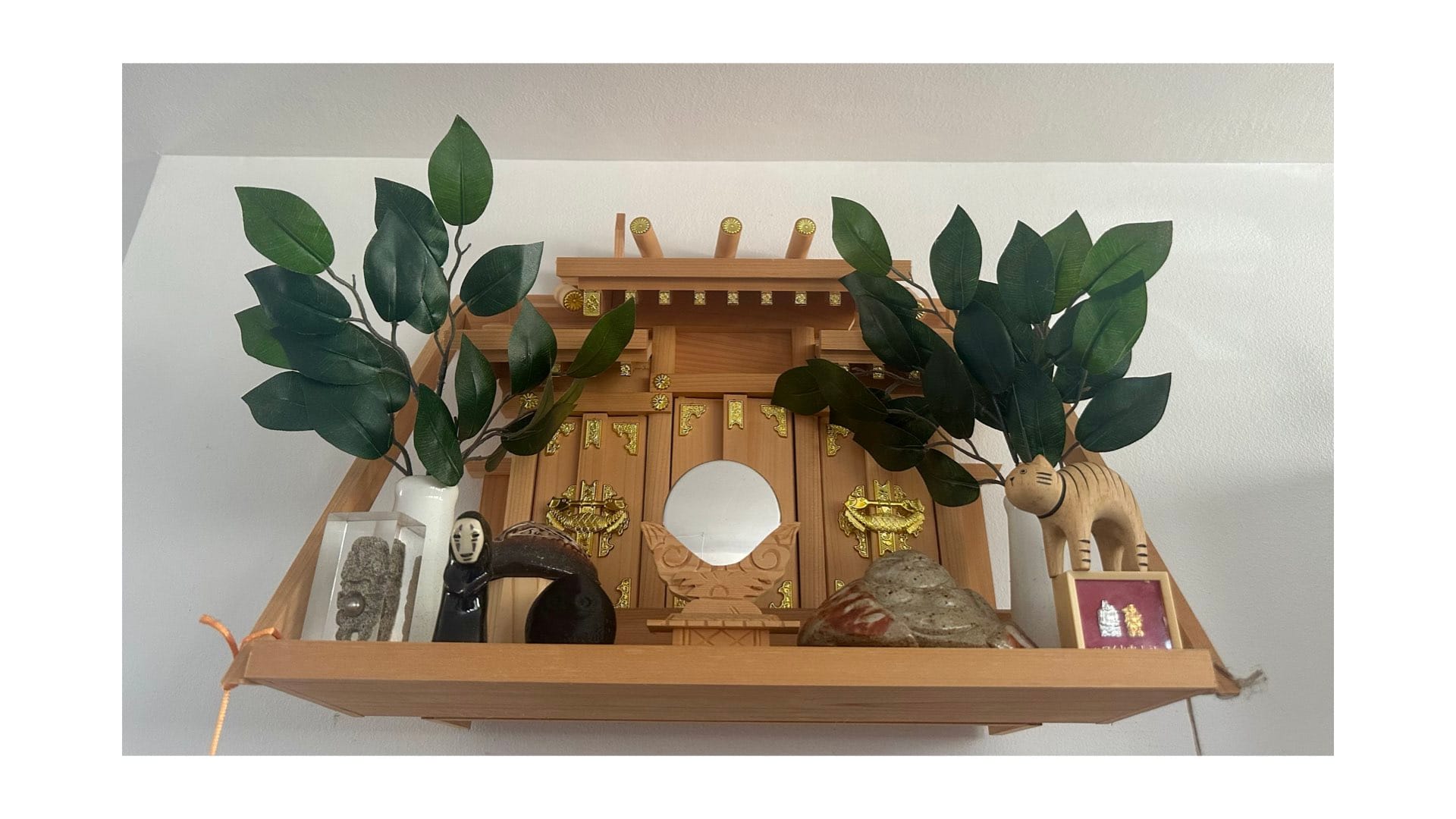
At my own altar, a small Polynesian Tiki God holds a pearl, symbolizing the universe. It sits across to a melting Buddha radiating with small mounds of salt, found shells, and the gate opening Shinto mirror representing infinity. A few other beings and placements gather. Living in Hawaii, where diverse symbols blend effortlessly, this mixing of cultures feels natural. A legacy of contact, of the trade winds that have long brought together different worlds.
Recently I’ve been leaning more into what might be called ‘the woo’, maybe its the sense that we’re nearing the final Kali Yuga, the turning of an epoch, or just a general feeling that everything accelerating to somewhere unknown. Having a little altar in the home, giving thanks, praying, and maintaining seems to ground and anchor us in a way that feels deeply necessary. Feeding the little kami-sama in our little kamidana the spirit shelf, feels like a quiet, sacred fun act that strengthens.
An altar bridges both the internal and external worlds. It channels energy, wards off the negative entities, and brings focus to the spirit of the moment. After meditation, one can thank the Buddha for the days joys, or simply feel the quiet presence of protection and care.
In Japan there is saying: “One is born Shinto, marries Christian , and dies Buddhist.” It reflects a spiritual fluidity, and humble pragmatism, a freedom to choose from the vast buffet of human belief. Even if certain strict formal religions might reject this mixing of traditions, remember everything is a result of hybridization. It’s only natural and powerful to weave together threads to create something deeply personal.
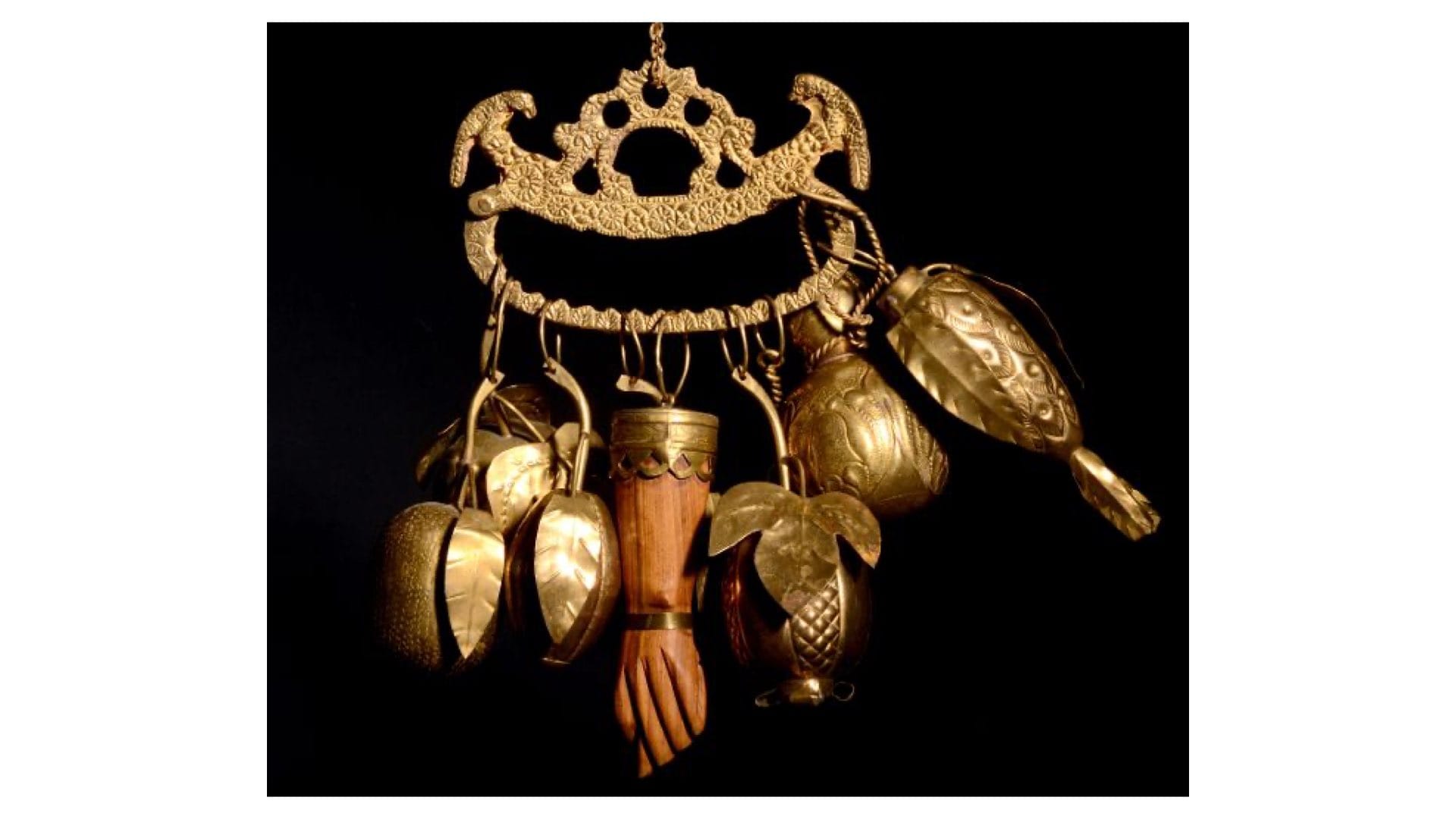
I often think back to an altar I saw as a child. When I was 13, we had a maid, Sra. Carabali, who came from Recife, in Northern Brazil. Afro-Brazilian, she practiced Candomblé, a mix of Christianity, African traditions, and Amazonian animism. On Sundays, she dressed all in white for church, and in her room, she kept a small, candle-lit altar surrounded by amulets and protections known in Brazil as the Penca of Balangandan.
One night my mother had a terrible accident in our home. The large glass panel of the bathroom door shattered, crashing onto her. Screaming, covered in blood, hearing the crash, Sra. Carabali ran and was first into the room. With her help, we managed to lift it off. My mother laying in the room, we gave her towels to help gather the blood. In a flash, Sra. Carabali left for a moment and returned to the bathroom with a bag of coffee grounds which she tossed and scattered all across the floor and over my mother’s bleeding legs, explaining it would ward “bad” spirits still lingering in the room.
Somehow, it worked. The bleeding slowed, the enchantments settled the scene, and calmly we then were able to remove the pieces of glass and to seek medical care. Sra. Carabali bridged the spiritual and physical worlds in that moment-there something was there, something beyond logic. Maybe ‘the woo’, maybe superstition, but in Brazil as a child, energies from different realms would cracks in the air and feel real. Looking back, I often think about that house and pockets of palpable energy it possessed.
Many of us live in a postmodern world that lacks these ritualized anchoring practices. Rituals that once grounded our minds and spirits in a relational framework have been replaced by a void. Our minds need stories, relationships, and offerings to truly thrive.
So I suggest this: follow Sra. Carabali and practice by building a small altar this weekend. Add items that feel charged with meaning, protective, maybe a leaf or rock, anything that caught your eye or something even formal.
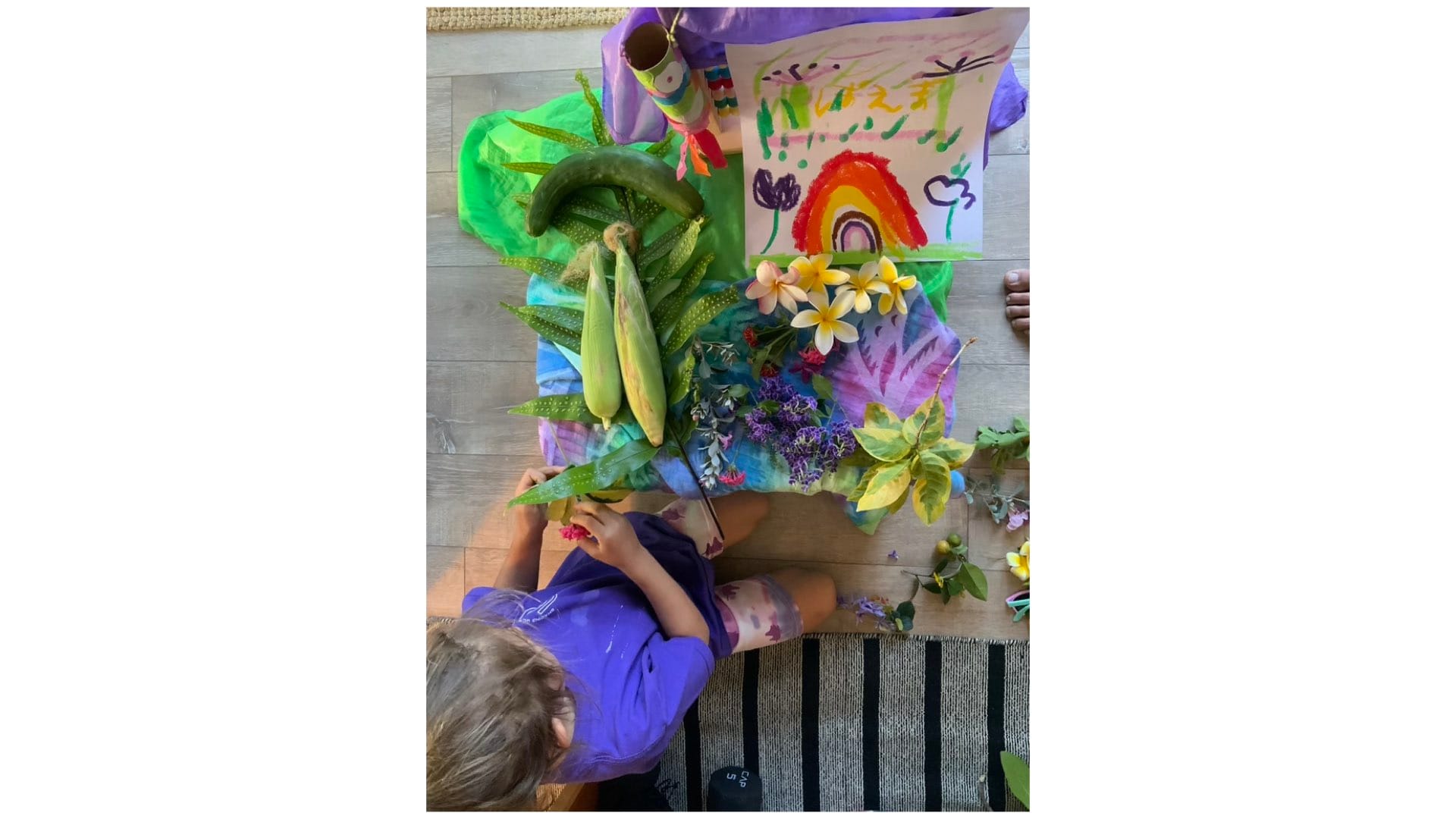
As you build it, understand that the act itself is a form of hyperstition—the process by which an idea becomes reality and charged with meaning. In making it, you bring it to life. Trust it, protect it, harmonize with it, it in turn will trust you, protect you, and harmonize you.
Even if you’re a staunch atheist confident in a flat world view, I encourage you try this. Imagine for moment, the loving Sra. Carabali scattering coffee grounds on your bleeding body, protecting and healing you from harm. Take her hand and help, there is something in ‘the woo’: let our minds bow, offer, and rejoice to it.
Note: The beautiful Earth Altars featured in the cover graphic by artist and healer Charles Papillo
